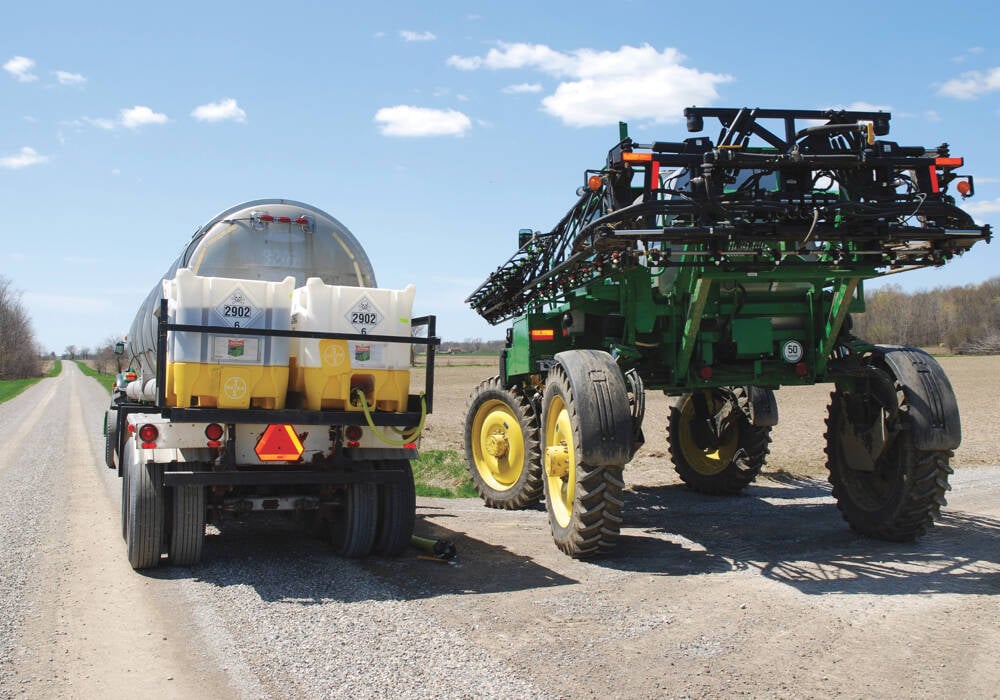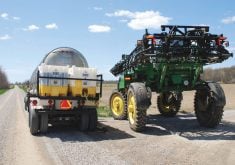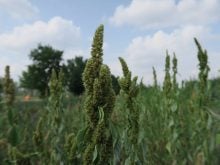Meeting the power needs of a laser tool seemed to be a good fit for tractors as a platform for the robotic tool
Weed-blasting lasers are now more accessible to farmers with the launch of Carbon Robotics’ three-point hitch-based system.
“We are focusing on getting more throughput performance for our laser weed solution. The robots were very successful. They did everything we wanted them to do, and we took the time to really double down and focus on speed and performances,” said Paul Mikesell, chief executive officer of Carbon Robotics.
The 2022 LaserWeeder features 30 industrial CO2 lasers, more than three times the lasers in Carbon Robotics’ self-driving Autonomous LaserWeeder.
Read Also

Warding off dicamba spray drift
When it comes to farm weed control, some spraying experts say dicamba’s drift risk isn’t worth it, others say it’s a matter of proper management, smart farmer decisions and chemical product choice.
“There’s 20 percent more laser power per unit area, and we did that by just figuring out a way to cram more physical lasers into the same square footage on the robot itself,” Mikesell said.
The original Carbon Robotics system is an autonomous robot that scours vegetable crops to find and laser blast individual weeds while rolling.
The same artificial intelligence technology is used in the LaserWeeder, as is the patented lighting system that enables it to operate day or night in virtually all-weather conditions, with millimetre accuracy.
Mikesell said the company’s three-point hitch version has reduced the system’s cost.
“It has definitely brought that cost down per acre. The machine itself is wider. So, it’s more expensive than the robot because it’s three times the size, but the relative cost per acre has gone down,” Mikesell said.
There are two options when it comes to powering this attachment, a power take-off or a bolt-on generator.
“Power generation was a key portion of changing the form to fit onto a tractor, and then everything else is basically the same technology as the robots.”
He said a 150-horsepower tractor is required for the PTO and lift capabilities.
Operators are presently required to drive the tractor, but Mikesell said this will change as more autonomous tractors hit the market.
“We think that autonomy and the farm in the future is something that we’re definitely going to continue to invest in, but there’s a couple steps between here and there to get there,” Mikesell said.
The LaserWeeder can weed vegetable crops at the rate of two acres per hour.
“The payback period for the machine is typically between one to three years.”
The system fits well in organic production systems, but it also works well in conventional systems because it doesn’t require tillage, which can disturb fungicide and residual herbicide layers on the soil surface.
He said the company plans to study how the system performs on corn and soybean this summer and plans on offering the system in Canada soon.
















